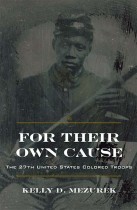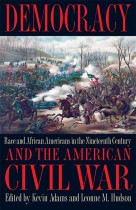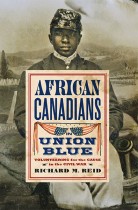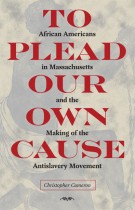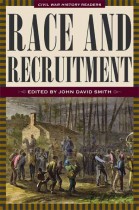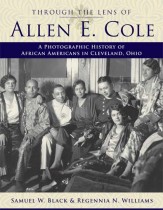The Uncommon Case of Daniel Brown
Gordon H. Shufelt | Filed under: African American Studies, Discover Black History, True Crime, True Crime History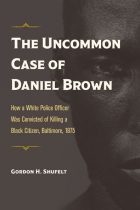
In 1875, an Irish-born Baltimore policeman, Patrick McDonald, entered the home of Daniel Brown, an African American laborer, and clubbed and shot Brown, who died within an hour of the attack. In similar cases at the time, authorities routinely exonerated Maryland law enforcement officers who killed African Americans, usually without serious inquiries into the underlying facts. But in this case, Baltimore’s white community chose a different path. A coroner’s jury declined to attribute the killing to an accident or self-defense, the state’s attorney indicted McDonald and brought him to trial, and a criminal court jury convicted McDonald of manslaughter.


